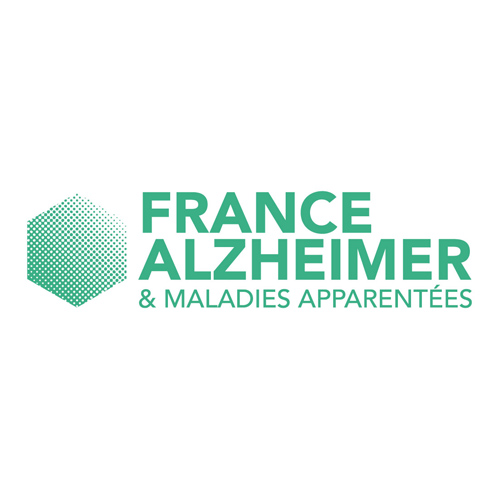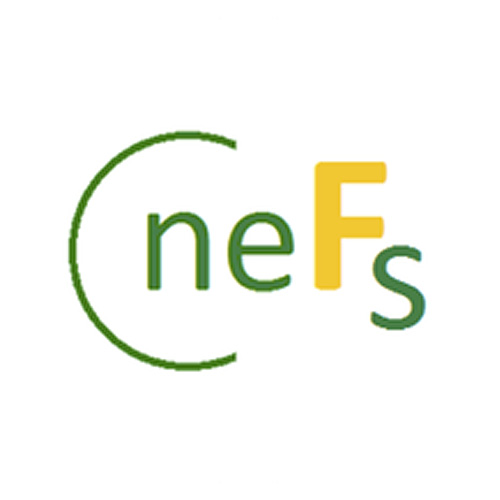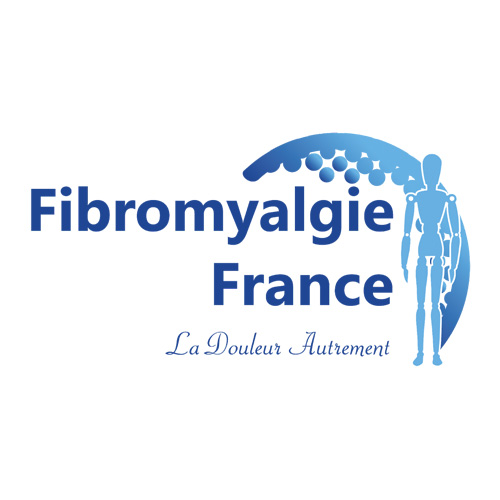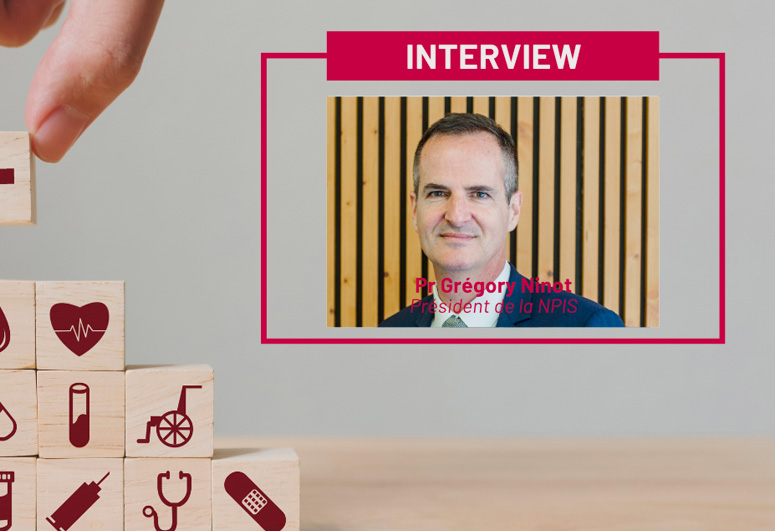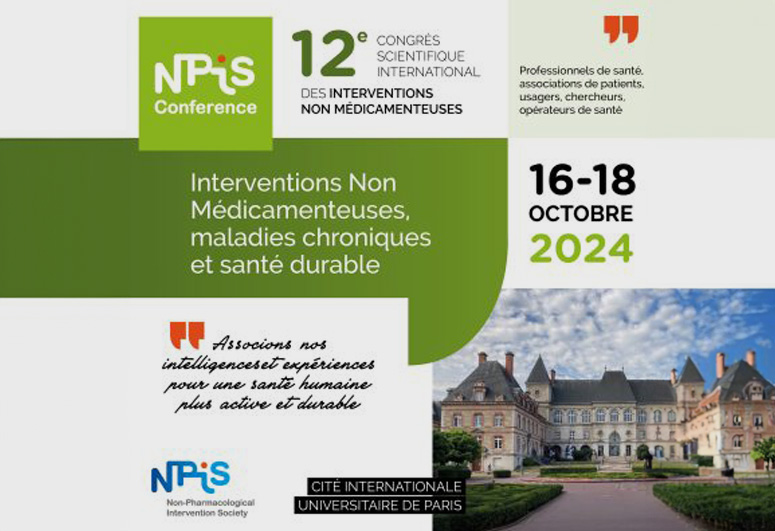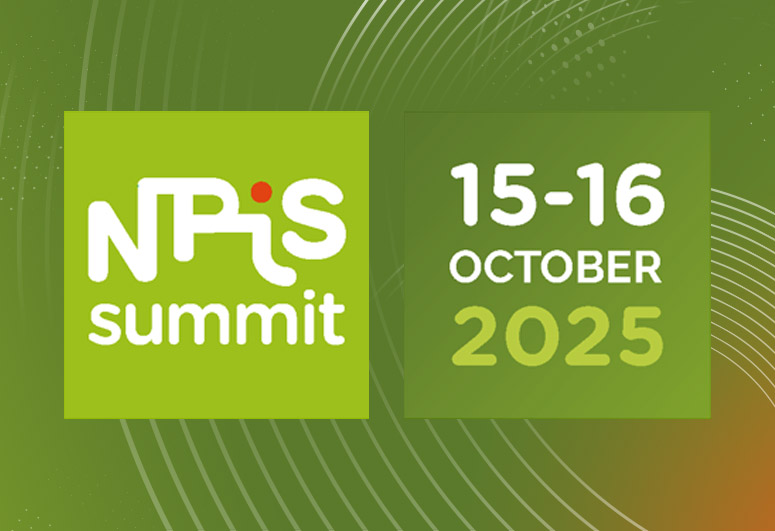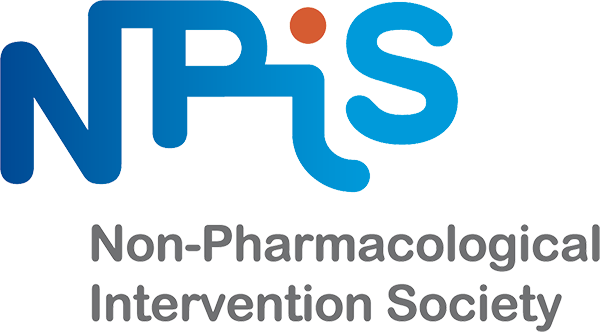What's an NPI ?
The NPIS Registry: why ?
Who is this platform for?
-
I am a citizen, a patient, a caregiver or a professional on a first visit

-
I will be able to easily find information on interventions that are actually INMs. I will also be able to provide feedback on usage. If I want to go further, I will be directed to the conditions for accessing all the data and features of the INM Repository.
-
I am a healthcare professional wishing to access all INM files

-
I will be able to find complete information on INM protocols to deepen my knowledge and practices. I will be able to provide feedback on use.
-
I am a representative of an authority, institution or organization related to health

-
If my practice organization is a partner of the NPIS, I will be able to access all the data and functionalities of the INM Repository.
-
I would like to submit a proposal for a new INM in the Repository

-
If my project meets the definition of an INM and if it is sufficiently supported by scientifically conducted studies, I will be directed to a form which will allow me to write the INM file relating to my project.
-
I am an expert selected under the INM file validation procedure

-
If I have received an email from NPIS accrediting me as an Expert in a defined field, I will be able to register to participate in the expert procedure for which I have been requested.
Become a Submitter
Learn more about NPIS and NPI :
NPIS Questions and Answers
-

-
-
Is the NPIS creating a new value chain?

-
Immaterial practices of prevention and care have existed since ancient times. However, the diversification of practices, the multiplication of professions at the intersection of prevention, care, and social assistance, and the globalization of information systems have leveled these services and obscured them at a time when medicine has made significant advances in the early detection and diagnosis of health issues. The interdisciplinary and multisectoral approach of the NPIS generates a value chain, from the design of practices to their implementation, regulation, and financing.
Innovative economic model initiatives are emerging worldwide, including fee-for-service, bundled payments, social economy provisions, offers promoting sustainable development, e-health economy, human innovation bundles, and long-term economy (World Economic Forum, 2024). The NPIS Prospective Pole, led by Michel Noguès, documents these initiatives in books (Noguès, 2022; Noguès, 2024). The NPIS Forums invite all innovators to share their experiences. -
Why an international scientific society for NPI ?

-
NPI are a field in which many amalgamations occur between scientific knowledge and opinion, due to their objective—human health—and their operational mode, which involves immaterial protocols. However, it is essential to learn to distinguish science from research amidst the multiplication of tools and information channels (Klein, 2020), particularly on the subject of NPI. The same communication channels transmit both scientific knowledge and beliefs, opinions, comments... Information of different statuses becomes intertwined. Knowledge can turn into the belief of a particular community, and vice versa.
Research, on the other hand, pertains to questions for which we do not yet have answers. These well-defined questions still have no answer. A researcher works on the subject using various methods and strategies. Research fosters doubt. Scientific societies work to advance research within a specific territory and theme.
Given that NPI are universal health protocols centered on individuals and administered by humans, an international multidisciplinary scientific society needed to be created. This has been achieved since 2021. This society is called the Non-Pharmacological Intervention Society (NPIS). -

-
-
What are the specifications of a NPI?

-
Each NPI file in the NPI Registry has been submitted by a practitioner or researcher through the dedicated platform hosted by the NPIS. Each file undergoes review by an independent and integrated scientific committee. This committee invites relevant scientific societies and health authorities to validate the NPI files and/or to oversee the decisions made. Each validated file is then reviewed by a committee of users and professionals. Once labeled NPIS©, the file is translated into at least English and French and integrated into the NPI Registry.
The file contains standardized content supported by scientific studies that align with the NPIS definition of NPI, the expected specifications (Table 2), and the consensual evaluation framework for NPI, known as the NPIS Model. It includes a manual for professionals, an information notice for users, a section on funding options, and an area for anonymous user feedback. This ensures the file remains dynamic and part of a virtuous cycle of continuous improvement for the NPI.
A minimum of one prototypical study, one mechanistic study, two interventional studies, and one implementation study published in a peer-reviewed journal is required for an NPI proposal to be accepted by the expert committee tasked with validating the NPI file and awarding the NPIS© label. Specifically, experts must have evidence to anonymously vote on each criterion of the NPI file proposed to the NPIS by a submitter:- Described (≥ 1 prototypical study)
- Explainable (≥ 1 mechanistic study)
- Effective (≥ 2 interventional studies)
- Safe (≥ 2 interventional studies)
- Implementable (≥ 1 implementation study in the country)
A professional must understand all the specifics of the NPI, the criteria justifying its use, how to implement its protocol, whom to contact, useful tips, required materials, and any prerequisite training needed. -
What is the added value of the NPIS Registry for a healthcare professional?

-
Accessible Protocols in Consultation
- Enhanced Quality and Safety: Strengthens the quality and safety of existing practices through formalization, harmonization, and securitization.
- Integration with Professional Software: Codified NPI can be integrated into healthcare management software.
- Digital Documentation: Access to documentation from computers, tablets, or smartphones for ease of use.
- Broad Validation: Extends validation to all relevant professionals in the region.
- Quick and Easy Access: Facilitates rapid access to information at critical decision-making moments for prevention and care.
- Simplicity in Tracking: Eases the follow-up and evolutionary process of best implementation practices (e.g., identifying barriers, professional leadership, availability of training and support).
Quality Control and Adherence to Protocols
- Traceability: Utilizes unique coded protocols for tracking.
- Strengthened Care Link: Enhances the relationship between care provision and patient support.
- Monitoring Relevant Indicators: Provides tools for tracking key performance indicators.
- Continuous Education Tool: Serves as a resource for ongoing professional development.
- Regular Updates: Incorporates regular updates based on user feedback.
Means of Valuation
- Response to Identified Multidisciplinary Issues: Addresses problems identified by healthcare teams in a specific territory.
- Extended Roles for Various Professionals: Expands the roles of many professionals, particularly non-physicians.
- Elimination of Ineffective Protocols: Phases out protocols that are ineffective, hazardous, or costly.
- Reduction in Meeting Time: Decreases the need for multiple meetings focused on intervention planning.
- Support for Innovation: Encourages professionals to experiment with new practices, boosting their confidence.
- Financial Valuation: Ensures appropriate financial and resource allocation for effective implementation.
Our supporters
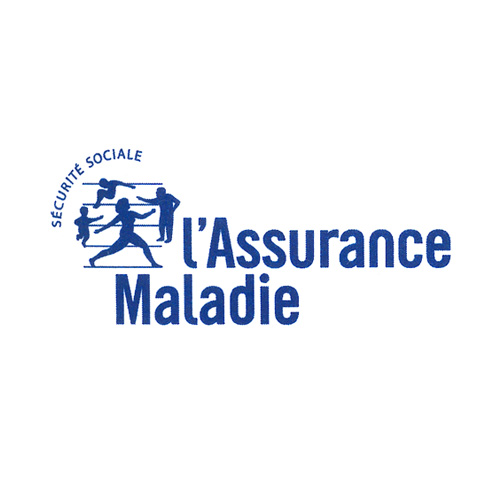
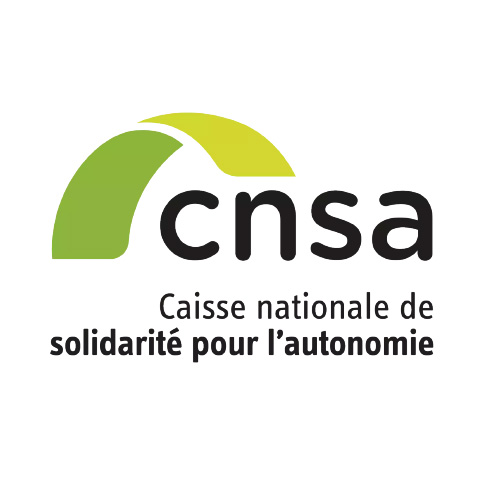
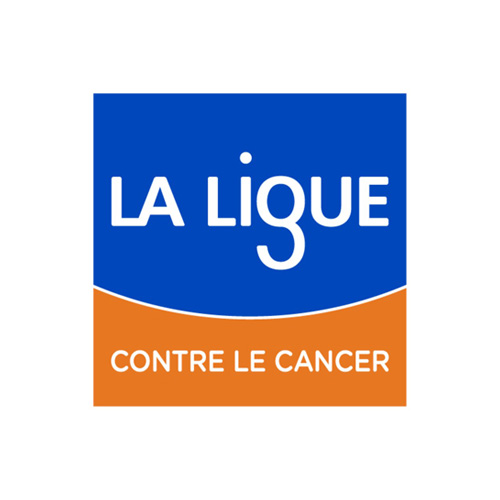
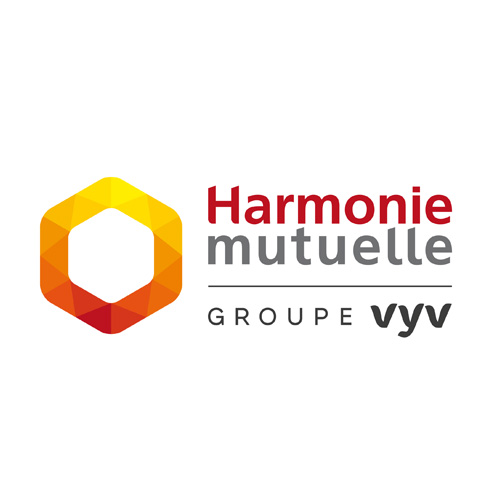

Our partners

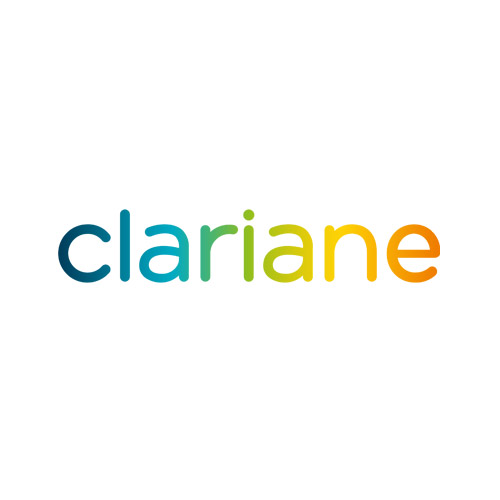
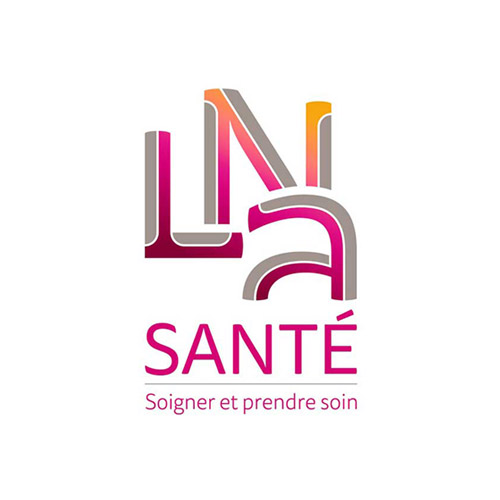
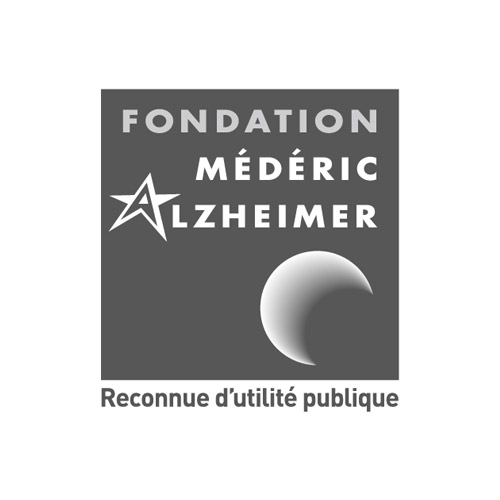
Our allies
